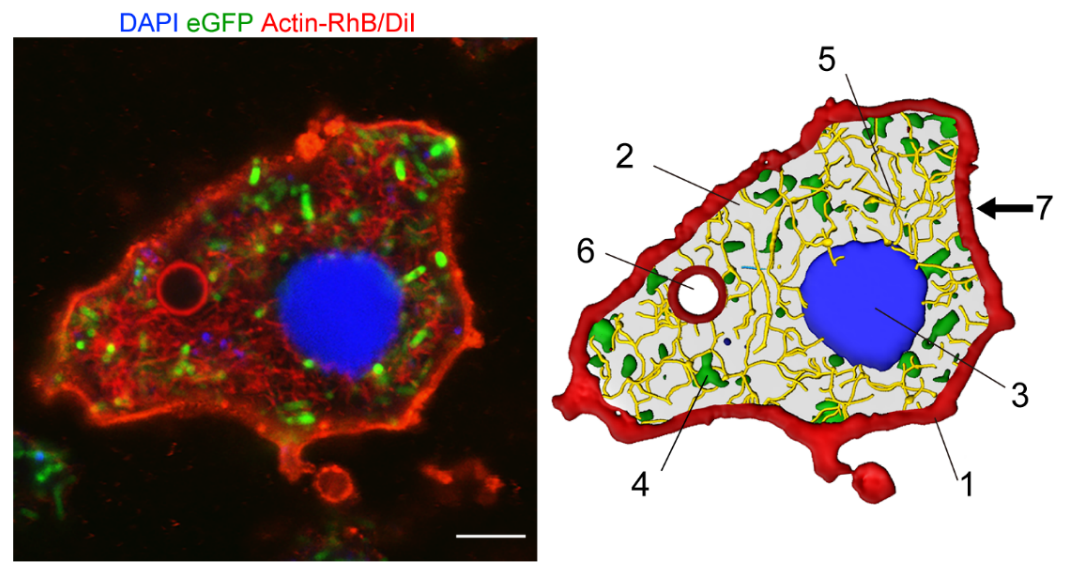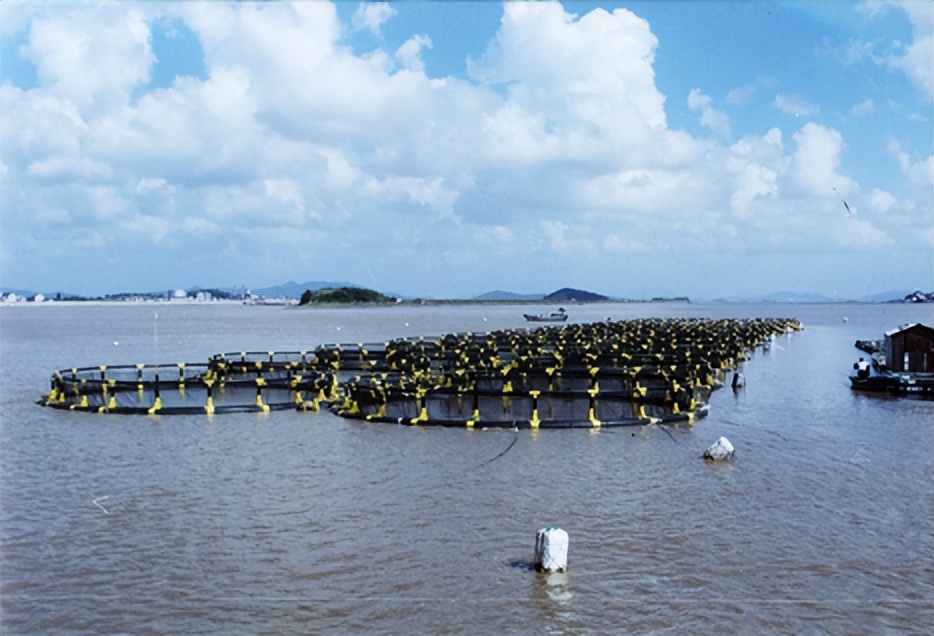Nature highlights!Artificial cells based on bacterial construction with eukaryotic cell structure and function
Author:Bioart biological art Time:2022.09.15

Responsible editor | Xi
##
Recently, researchers at the University of Bristol in the United Kingdom published a research report based on the construction of an original cell structure and function based on bacterial construction in the "Nature" magazine.
The artificial construction of the original cells (ProtoCell) with similar functions of living cells is a major global challenge that spans more fields including synthetic biology, biological engineering, and the origin of life in recent years. So far, synthetic cells mainly seal the purified activated enzymes and genes into self -assembly cysts, semi -transparent microcapsules, and film -free micro -drops. application. This is difficult to establish a sufficient composition and biochemical complementarity through the traditional micro -zone rooms under the condition of close balance, and the functionality is relatively single. Therefore Artificial cells with structural complexity and diversity have always been problems and desires that need to be solved between biological and non -biological interfaces.
In order to cope with this challenge, on September 14, 2022, Professor Stephen Mann from the University of Bristol in the United Kingdom, Dr. Xu Can, Dr. Nicolas Martin and Dr. Li Mei published an article on Nature Living Material Assembly of Bacteriogenic Protocells. The traditional means of building artificial cells using non-life substances, and the development of a polymer-triple phosphate nucleoside condensation body micro-dripstone space controlled assembly and lying in-situ cracking bacterial colonies. Materials' nuclear cell analog original cells. The original cell inherits about 85%of biological activity ingredients in the in situ cracking, and shows the characteristics of living cell characteristics including gene expression, glucose, and enzyme catalysis. And through a series of endogenous transformation, the ultimate original cells include: cell membrane (bacterial derived phospholipidum film), cytoplasm (bacterial derivative biomass), and nucleus (bacterial derivative DNA/group protein cohesion) Six types of cell structures, which are osteoplastor (membrane blisters), osteoplastin skeleton (F-muscle protein), and mitochondria (internal living bacteria that can produce endogenous ATP), as well as the development of amoeba-like non-spherical shape Irregular external form. The first new type of original cell building system based on active proximal cells was established for the first time, which provides a certain idea and inspiration for building a more complicated nuclear cell system and the origin of life. Very broad potential application prospects.


Figure Note: Microscopy pictures (left) and Imaris simulation diagram of bacterial original cells show functional native synthetic cells with seven cell analog characteristics: 1. Outer membrane; 2. Bymoplyenicity; 3, non -membrane DNA/group protein The nucleus of the complication; 4, mitochondrial (E.Coli live cells); 5, the cell skeleton; 6, membrane fluid foam; 7, transformer -like cell form. Power, 10 μm.
The construction of the bionic original cells is in two steps. In the first step, an original cell frame with two parts with two parts with two parts with cell membrane and cellularity. An original cell with a highly complex live cell structure and function.
In the first step, the team was exposed to two types of bacteria (E.Coli (E.Coli) and copper -green monolius (PAO1 strain). Among them Inside the droplet, PAO1 is captured on the surface of the droplet. After obtaining a stable assembly, then the two bacteria are used to use the cell wall hydrolytic enzyme (fungic enzyme) and antibacterial peptide (bee toxin). The PAO1 bacteria leaves the glyphosate on the surface of the micro -drop, and the interior of the droplet contains the cytoplasm components mainly from E.Coli and some of the cracked cytoplasm (including protein, nucleic acid and other substances) from PAO1 bacteria. The changes in the ingredients in the droplet have produced some membrane blisters. Because the active ingredients of the bacteria are well retained, and the high concentration of the active ingredients is guaranteed due to the strong contribution capability of the cohesion, Basic enzyme catalytic functions, glucose resolution functions, and gene expression functions. Here is a preliminary original cells with bacterial source membrane wrap and cytoplasm activity ingredients.
In the second step, the researchers added the basal cells of the basin of the basin of protein and carboxymethyl (CM-Dextran), and obtained a single bacterial DNA/group protein cooler in the basal cell through the principle of phase separation. The body is rich in 99 % of the intraocyte DNA, forming a nuclear structure of the nucleus. Subsequently, the living E.COLI bacteria were implanted in the original cell cell quality, which produced an endogenous ATP to exercise mitochondria to provide energy for the original cells. The mitochondrial E.COLI allows the enzyme catalytic function, glucose disintegration function, and gene expression function of the original cells. After adding muscle protein (Actin), the G-Actin (Actin monomer) is successfully induced to F to F to F -Actin (Actin fiber assembly) transition, a 3D network "cell skeleton" structure is built inside the original cell. This structure has proven to greatly enhance the stability of the original cells. What's more interesting is that with the accumulation of internal metabolic substances, after 48 hours of incubation, the original spherical cells were originally developed. At the same time, as time is pushed, its cell membrane is continuously repaired by new bacterial -derived phospholipids, and the sealing properties have been greatly improved. This kind of artificial cell building method with basic cells with a structure and functional mosquito -like nuclear cells is constructed, providing opportunities for building highly integrated synthetic cells based on the bottom -top of living cell materials. In future applications, with the help of engineering bacteria to provide sources, you can establish a stronger metabolic network and a more complex genetic circuit to obtain a higher level of programming. It can Industry and other fields. Finally, the true nuclear cell system constructed by the base cells as the basic material may provide a certain reference value for the origin and evolution of cells.
Original link:
https://www.nature.com/articleS/S41586-022-05223-w
Want to know more exciting content, come and pay attention to BIOART biological art


- END -
Is aquaculture in the predicament?Biotechnology opens a new road

With the completion of the Human Genome Project, various latest molecular biotechn...
Looking for Earth 2.0

Guangming Picture/Vision ChinaGuangming Picture/Vision ChinaGuangming Picture/Visi...